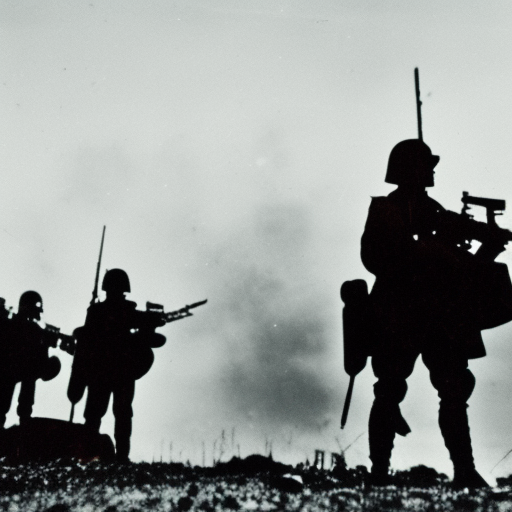Summary:
The War of the Second Coalition was a conflict that took place from 1798 to 1802, involving a coalition of European powers against France. The war was primarily fought in Europe and the Mediterranean, with France emerging victorious and solidifying its dominance in the region.
Background:
The French Revolution, which began in 1789, had a profound impact on Europe. The revolutionary ideals of liberty, equality, and fraternity spread across the continent, challenging the existing monarchical order. In 1792, France declared war on Austria and Prussia, marking the beginning of the French Revolutionary Wars. Over the next few years, France achieved several military victories, expanding its territory and spreading revolutionary ideas.
Formation of the Coalition:
As France continued to expand, other European powers grew increasingly concerned about the spread of revolutionary ideals and the threat posed by the French army. In 1798, a Second Coalition was formed, consisting of Austria, Russia, the Ottoman Empire, and several other smaller states. Their goal was to contain French expansion and restore the balance of power in Europe.
French Campaigns:
The war began with French General Napoleon Bonaparte leading an expedition to Egypt in 1798. Although initially successful, the French were eventually forced to withdraw due to a lack of supplies and the British naval victory at the Battle of the Nile. Meanwhile, in Europe, the French army under General Jean-Baptiste Jourdan faced off against the Austrians in the Rhine region. Despite some initial successes, the French were eventually pushed back, and the Austrians regained control of parts of Germany.
French Victories:
In 1799, Napoleon returned to France and staged a coup, overthrowing the Directory and establishing the Consulate. As First Consul, Napoleon launched a series of military campaigns that would ultimately secure French dominance in Europe. In Italy, French General Louis Alexandre Berthier defeated the Austrians at the Battle of Marengo, securing French control over northern Italy. In Germany, Napoleon’s forces defeated the Austrians and Russians at the Battle of Hohenlinden, forcing Austria to sign the Treaty of Lunéville in 1801.
Peace Negotiations:
The French victories prompted several members of the coalition to seek peace. In 1801, France signed the Treaty of Amiens with Britain, effectively ending the war in Europe. The treaty recognized French control over most of Italy and allowed France to retain its conquests in the Rhineland. However, tensions between France and Britain remained, and the peace would prove short-lived.
Legacy:
The War of the Second Coalition marked a significant turning point in European history. France emerged as the dominant power on the continent, and the revolutionary ideals of the French Revolution continued to spread. The war also set the stage for future conflicts, as tensions between France and Britain persisted and would eventually lead to the Napoleonic Wars.
In conclusion, the War of the Second Coalition was a conflict that saw a coalition of European powers attempting to contain French expansion and restore the balance of power in Europe. However, the French emerged victorious, thanks to the military genius of Napoleon Bonaparte. The war solidified French dominance in Europe and set the stage for future conflicts.












